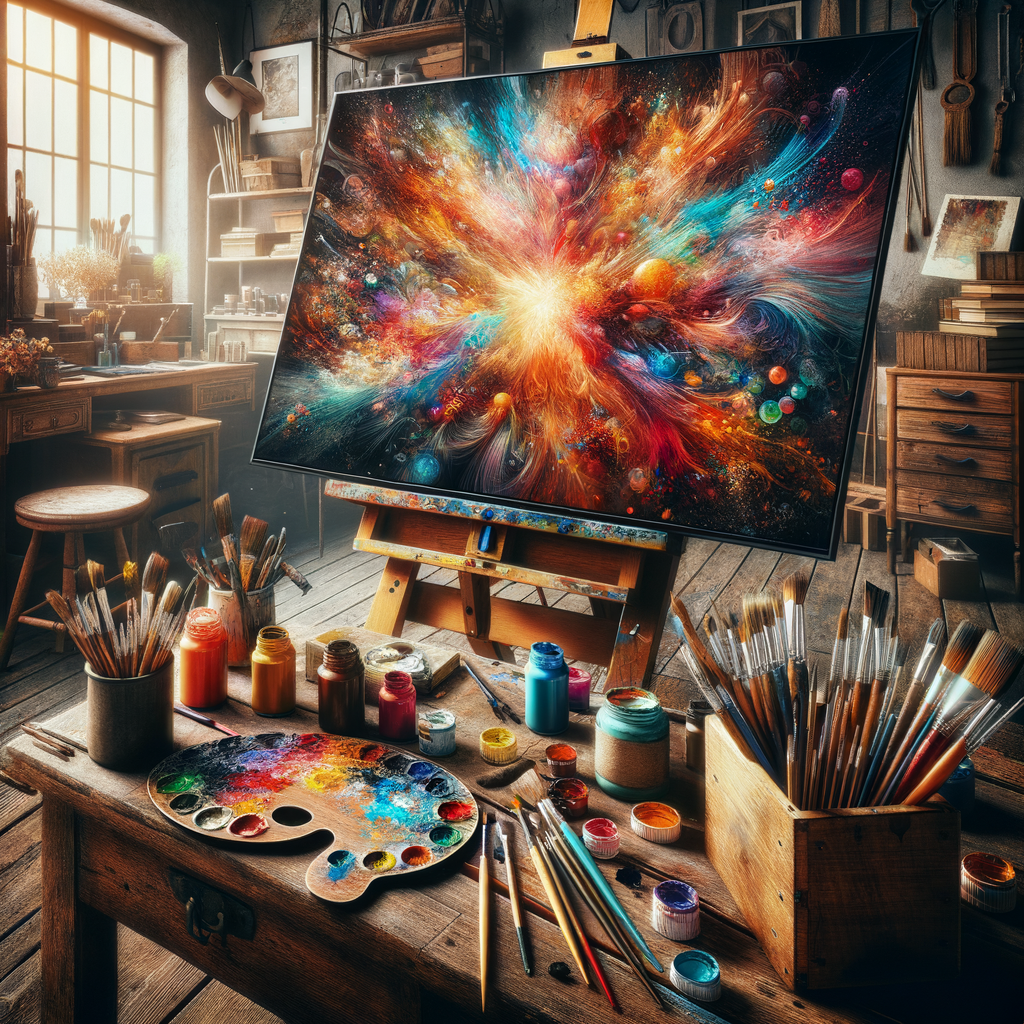
Digital painting is an exciting journey that blends technology with creativity. Whether you're a beginner or an experienced artist, understanding the various techniques can elevate your artwork. In this ultimate guide, we will explore essential techniques, tools, and tips that will help you navigate the digital canvas with confidence and flair.
The world of digital painting offers endless opportunities for artists, but it can also be overwhelming for those just starting. With countless brushes, tools, and software options available, knowing where to begin can be a challenge. Fear not! This guide will provide you with a comprehensive overview of digital painting techniques that anyone can use to enhance their creative skills.
First, we need to discuss the fundamental tools required for digital painting. A good digital painting begins with a capable graphics tablet and software that meets your creative needs. Many artists prefer tablets that offer pen pressure sensitivity, as this allows for more natural brush strokes and variations in opacity.
In addition to hardware, choosing the right software is crucial. Popular options include Adobe Photoshop, Corel Painter, and Procreate, each offering unique features. Familiarize yourself with your chosen software’s interface and capabilities to maximize your efficiency while painting.
Now let's delve into the essential painting techniques. Understanding traditional painting methods can significantly enhance your digital work. Techniques such as glazing, layering, and wet-on-wet can be adapted for the digital medium. Experiment with layering colors and textures, mimicking traditional styles with digital brushes that emulate real-life materials.
One of the most crucial aspects of digital painting is brush selection. Different brushes can produce various effects, from fine lines to broad strokes. Most software comes with a variety of preset brushes, but creating custom brushes can further expand your artistic possibilities. Don't hesitate to explore online resources for brush downloads that suit your style.
Color theory plays a significant role in digital painting. Understanding the color wheel, complementary colors, and color harmony can make a huge difference in how your artwork is perceived. When selecting colors, consider the mood you want to convey. Warmer tones evoke energy and enthusiasm, while cooler shades suggest calmness and serenity.
When starting a new painting, consider creating a rough sketch to outline your composition. This method allows you to plan your artwork better and make any necessary adjustments before diving into detail work. Use light strokes to outline your vision, and gradually refine the lines as you go. This approach will prevent you from getting overwhelmed.
Next, let’s talk about the importance of lighting in your artwork. Proper lighting can create depth and dimension. Understand how light interacts with objects and how to apply highlights and shadows. Utilize reference images or real-life examples to study light behavior and replicate it in your digital pieces.
Texture is another vital component in digital painting. Incorporating textures can lend a realistic quality to your work. Use textured brushes or apply overlays that simulate different materials. This technique can be particularly effective in backgrounds, where subtle textures can add depth without overwhelming the focal point.
As you progress in your digital painting journey, don’t forget to experiment! Exploring different styles and techniques is crucial to developing your unique artistic voice. Try painting in various genres, such as realism, impressionism, or abstract art. Challenge yourself with new themes and subjects to broaden your skills and keep your creativity flowing.
Moreover, seeking feedback on your artworks can also aid in your growth as an artist. Join online communities where you can share your work, ask for critiques, and offer support to fellow artists. Constructive criticism can help you see your work from new perspectives, often revealing areas for improvement that you might have overlooked.
Finally, don’t underestimate the power of inspiration. Whether through observing the work of other artists, visiting galleries, or immersing yourself in nature, inspiration can strike at any moment. Maintain a sketchbook to jot down ideas and practice regularly to keep your skills sharp.
In conclusion, mastering digital painting requires patience, practice, and an eagerness to learn. By understanding the various techniques discussed in this guide—ranging from tools and software to color theory and texture—you will be well on your way to creating captivating digital artwork. Remember, every stroke counts, and each piece is a step in your artistic journey. Happy painting!

